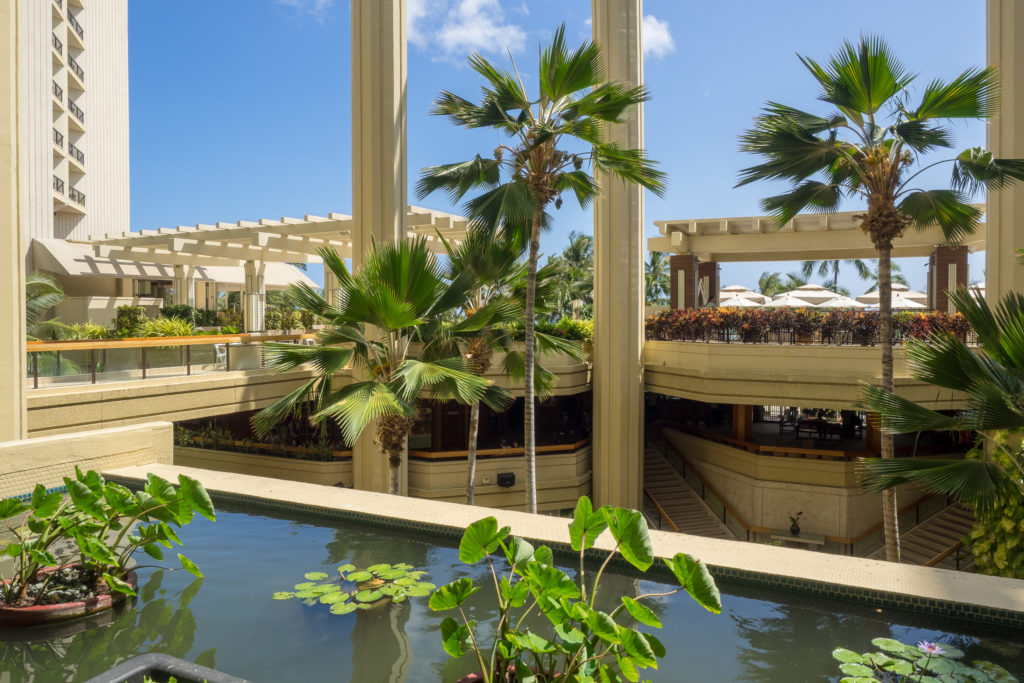Travel is exciting and enlightening. However, if we aren’t careful, the tourism industry is capable of causing some serious harm to the environment. That’s why responsible eco-tourism is only becoming more important as climate change continues to impact the world. And a major part of that eco-friendly trip is an equally eco-friendly hotel.
It can be tricky to find a hotel that’s truly green. You’ll find hotels here and there that adopt a few superficial green practice without any real company-wide embrace of eco-friendly policies and sustainable initiatives, to cater to what they perceive as a fad. However, there are a number of hotel chains out there with an impressive commitment to real sustainability. One such hotel chain with a deep dedication to green operations is Hyatt.
As part of their yearly Corporate Responsibility Report, in 2014 Hyatt unveiled their ambitious Environmental Sustainability Strategy. This strategy, called the Hyatt 2020 Vision, encompasses a number of ambitious goals to reduce their negative impact on the environment. Goals include three central categories: use resources thoughtfully, build smart, and innovate and inspire. They also operate a program called Hyatt Thrive, which is the overarching corporate responsibility strategy.
Using resources thoughtfully is the key to any successful green initiative. For Hyatt, that means tracking and managing their consumption of natural resources. They’re also working to make all new construction across the chain as environmentally friendly as possible, designed for LEED certification or the regional equivalent. Hyatt is also invested in inspiring guests, employees, and people around the world to care about improving the environment and human experiences. This includes everything from recycling to building libraries.

Here are some specific areas where Hyatt is working to make a difference:
Energy: They’ve reduced their energy consumption by between 10% and 20% (depending upon the region) since 2006. Factors like using more energy efficient appliances, reducing power usage in unoccupied rooms, and choosing to use less electricity across the board make a big difference.
Water: Between 18% and 20% less water is consumed across Hyatt properties since 2006. This can be achieved through a number of practices, from doing laundry less to installing low-flow faucets and toilets. It also helps to reduce wastewater with innovations like water reclamation systems.
Emissions: A reduction in greenhouse gas production of between 19% and 28% since 2006 exceeds their goal of 25% by 2020 – well in advance of their target date, too. This is especially important in developing areas or where hotels are situated in a natural setting, to reduce the negative impact on places like National Parks. In one example in Greenwich, CT, a Hyatt property utilizes a Bloom Energy fuel cell, which can reduce emissions by an impressive 40%.
Waste: They aim to reduce the amount of waste diverted to landfills by 20% across the board by 2020. They also work to recycle materials used in renovation of existing hotels or in new construction. In one example, they partnered with Habitat for Humanity to donate furniture and fixtures from a renovation project to community organizations.
Sourcing: Since 2015, Hyatt has labored to integrate sustainability concerns into every purchasing decision they make. Whether that’s offering all digital newspapers to guests in lieu of traditional paper options, or going for recyclable produce containers rather than traditional packaging, they work to reduce waste. They also feature cage-free eggs where available, and strive to find sustainable seafood sources, even in hard-to-service areas of the world.
Construction: Sustainable design requirements around the globe are taken into consideration when building new hotels or renovating existing structures. Twenty-four Hyatt properties have achieved LEED certification to date, with a few more planned hotels intended to fulfill LEED requirements.